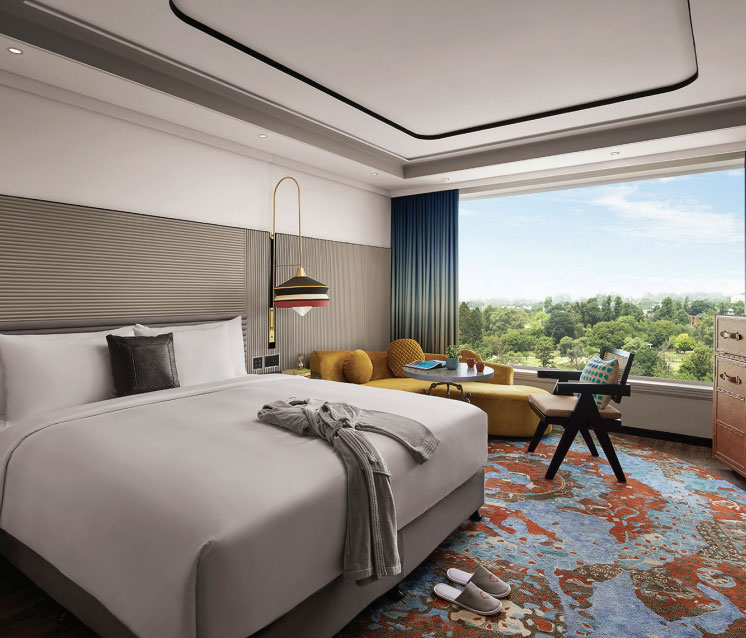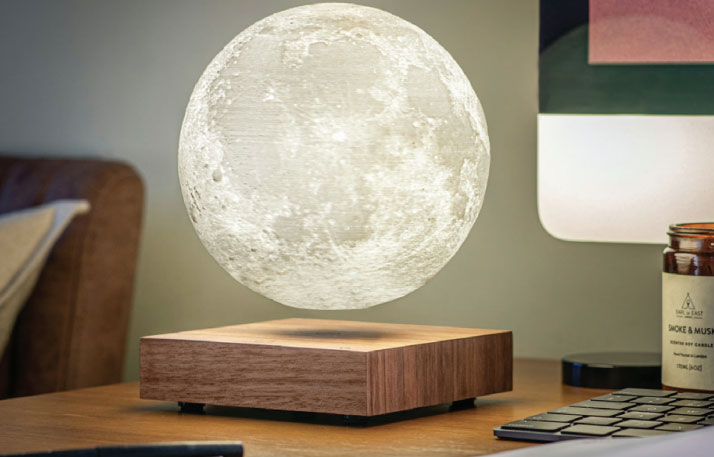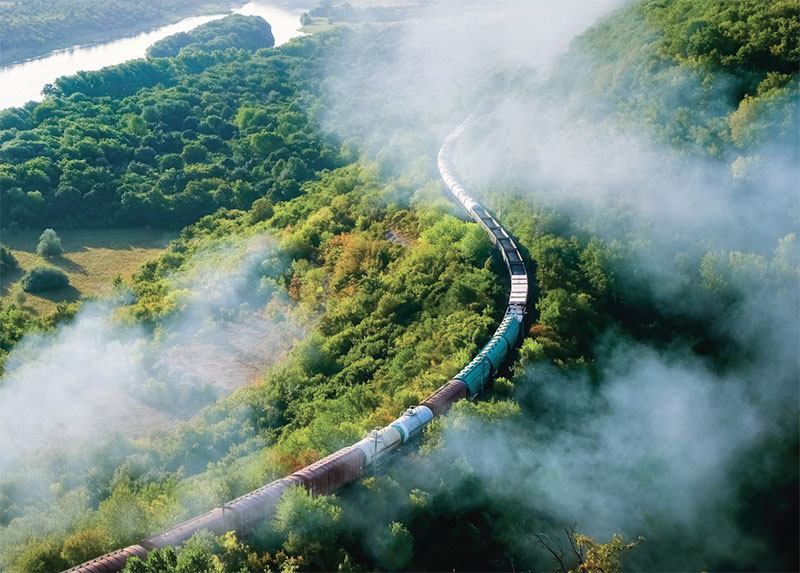What is India’s oldest railway headquarters
Home to one of India’s oldest railway headquarters, the Southern Railway Headquarters building celebrated its 100th anniversary recently. Join us as we pay homage to this iconic legacy that is second to none A massive heritage structure in present day Chennai, the Southern Railway Headquarters building situated next to Dr MGR Chennai Central celebrated its centenary year on 11th December 2022. It was on 11th December 1922, exactly a hundred years ago, the palatial three storey building was inaugurated by Her Excellency The Lady Willingdon, C.I., D.B.E. the wife of Freeman Freeman-Thomas, 1st Marquess of Willingdon, the then Governor of Madras. In commemoration of the centenary celebrations of the vintage building, a group of about sixty heritage and rail enthusiasts led by Shri V. Sriram, a renowned heritage activist based in Chennai, took a heritage walk in and around the majestic edifice today. Shri V.Sriram elaborated on the history of the building which served as the headquarters of Madras & Southern Mahratta Railway (M&SMR) and later became the headquarters of Southern Railway in the year 1951 when the new zone was formed by the merger of erstwhile Madras & Southern Mahratta Railway, Mysore State Railway and South Indian Railway systems. Shri V. Sriram also shared interesting vignettes on the various heritage installations and architecture of the building. The rail and heritage aficionados who participated in the commemorative heritage walk thanked Railways for the unique opportunity to retrace the history of the magnificent structure. DID YOU KNOW? The Iconic heritage structure housing the Southern Railway Headquarters completes its Centenary year on 11th December 2022 A Commemorative Heritage Walk was held to mark the Centenary Foundation stone laid on 8th February 1915 & Inaugurated on 11th December 1922 Indo-Saracenic type of architecture with a blend of Dravidian style Porbundar stones used in construction and were ferried to Chennai by H.H.Wadia & Bros Constructed by T. Samynada Pillai, a Bangalore-based contractor at a cost of Rs.30.76 lakhs, in 1922 Transcending the Ages: The Southern Railway Headquarters Building The majestic building was designed by N. Grayson, an architect and employee of the erstwhile Madras and Southern Mahratta Railway. The Foundation of the palatial headquarters building was laid on 8th February 1915 by Lord Pentland, the then Governor of Madras. Based on the Dravidian style of classic architecture the foundation of the Indo – Saracenic type structure consists of a reinforced concrete raft from 5 to 8 feet below the ground level set upon a stratum of pure sand, nearly 20 feet deep. The building was constructed by T.Samynada Pillai, a Bangalore-based contractor at a cost of Rs.30.76 lakhs. It took nearly 7.5 months to lay the foundation structure consisting of 500 tons of steel bars embedded in 10,000 tons of granite concrete. Built of stock brick with Porbundar stone, the central towers rise to a height of 125 feet 6 inches above the roadway. H.H. Wadia & Bros, pioneers in quarrying Porbundar stones were instrumental in bringing Porbundar stones from Gujarat. The stones were transported for 8 years via sea to Kerala and then by Rail to Madras. H.H. Wadia & Bros camped in Madras from 1913 to 1922 along with their team of skilled masons from Porbundar under the leadership of master mason Pitambar Hira. Each of the four corner domes of this majestic edifice houses water tanks with a total capacity of about 35,000 gallons. After seven long years of intensive labour and a massive investment of Rs.30,76,400, the building was opened on 11th December 1922 by Her Excellency The Lady Willingdon, C.I., D.B.E. the wife of the then Governor of Madras. It may be noted that a commemorative special postal cover was released to mark the launch of the centenary year of Southern Railway headquarters in January 2022. Presently, the three-storey vintage building houses the Southern Railway General Manager’s Office and several other departments. Over 1500 employees work here. Text BY: B. Guganesan, Chief Public Relations Officer









